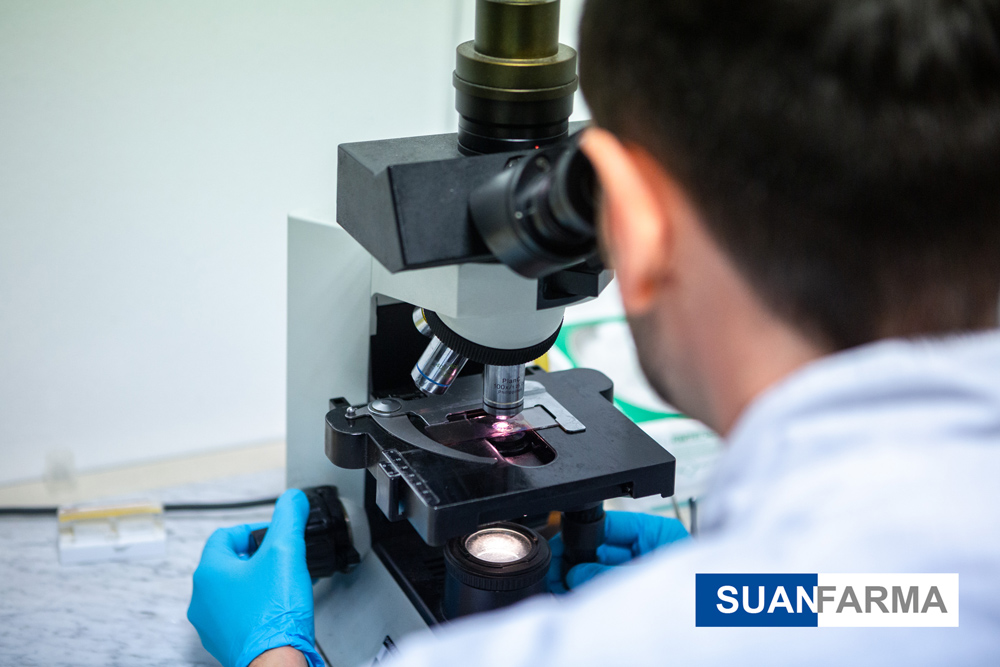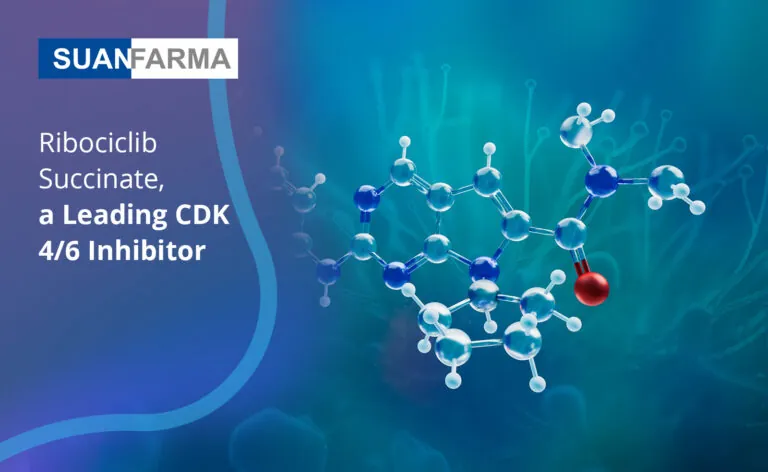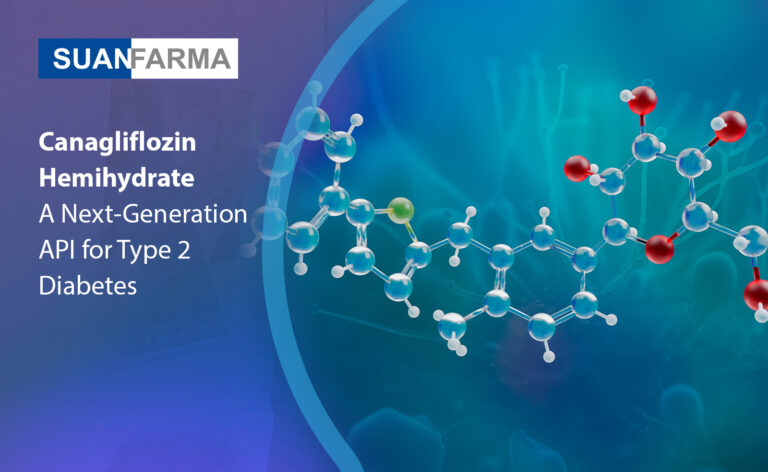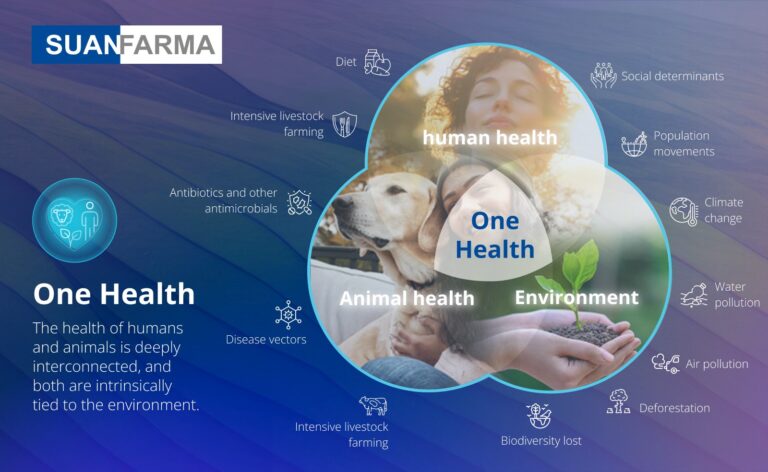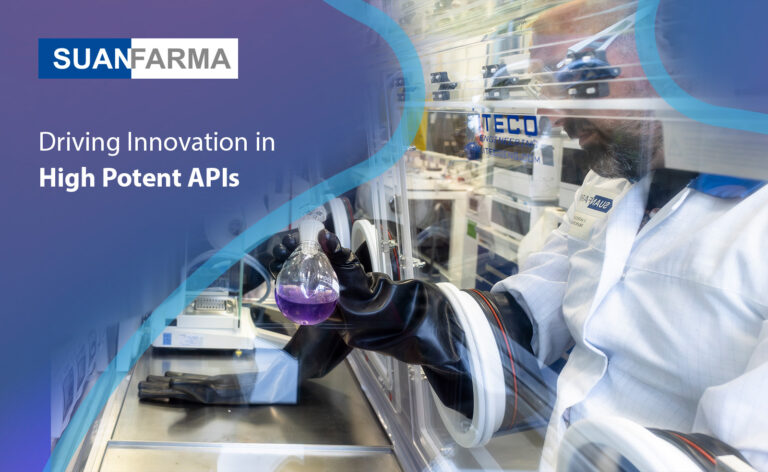In the pharmaceutical industry, quality and safety are fundamental aspects that cannot be compromised at any time. To achieve this, two teams play a crucial role: the Quality Assurance Team and the Quality Control Team.
The Quality Assurance Team is responsible for ensuring that all processes involved in the production and control of the active pharmaceutical ingredients (APIs) meet the pre-defined acceptance criteria set by the Health Authorities. Their mission is to prevent, monitor, and manage any potential negative impact on product quality. In summary, they ensure that established standards are met to provide safe and effective medications to patients.
On the other hand, the Quality Control Team is dedicated to the thorough analysis of the compliance of all incoming materials used in production, including intermediate products, as well as conducting continuous testing of manufactured products. Their goal is to ensure that all products meet the established regulatory requirements. This involves evaluating the quality and conformity of the products through rigorous testing, ensuring each one meets the applicable quality standards and norms.
In the field of regulations, each active ingredient must meet specific requirements:
- Firstly, compliance with the Pharmacopeia monographs is necessary. Pharmacopeia is a regulatory pharmaceutical code that varies by country. These monographs describe the quality requirements and characteristics that medications must possess, categorizing them into different classes.
- Additionally, active ingredients must be manufactured according to Good Manufacturing Practices (GMP), which are a set of guidelines that establish minimum requirements to ensure the standard quality of the product and, consequently, patient safety. This involves following established procedures within the company, as well as international guidelines and information dossiers submitted to National Health Authorities. The objective is to ensure that products do not have any “anomalies,” such as impurities, even in minimal quantities, that could have side effects on patients.
- Once both requirements are met, an application for site approval as a manufacturer of a specific active ingredient must be submitted to the regulatory authorities. This application must be accompanied by a file called a Drug Master File (DMF), which details all activities conducted at the site regarding each API, such as the manufacturing process, analytical controls, and stability studies. After a rigorous evaluation, the health authorities will authorize the production of the active ingredient.
Product safety is a constant priority, and regular internal and external inspections are carried out to ensure compliance with quality standards and regulatory requirements.

